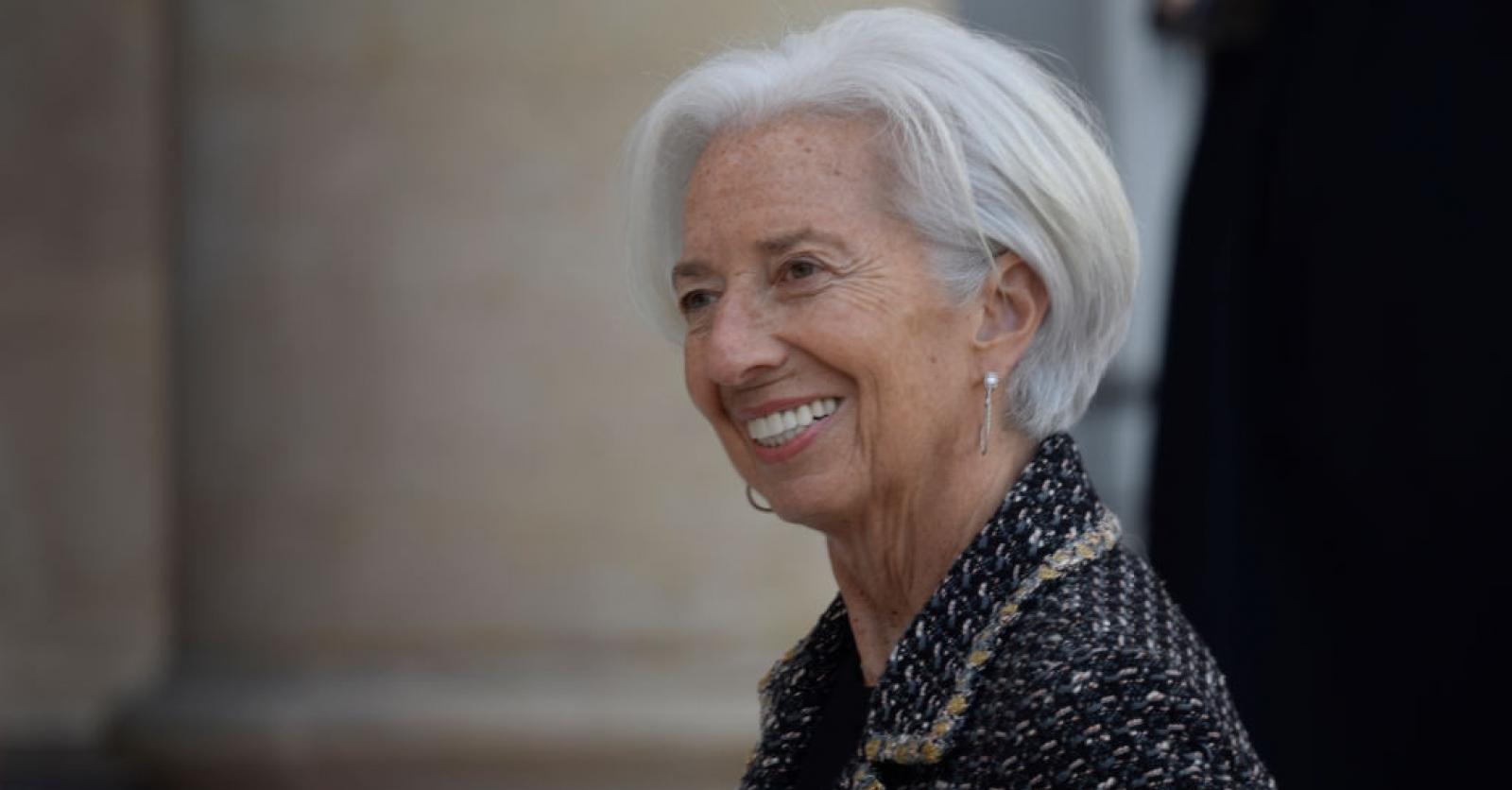A group of major investment firms expects the European Central Bank (ECB) to cut interest rates faster and more often than the US Federal Reserve (Fed). “The ECB does not have a mandate to increase growth, but it is under enormous pressure to do so,” says KBC chief economist Tom Simonds.
Investment firms such as Pimco, JP Morgan Asset Management and T Rowe Price reported dumping US Treasuries in favor of European government bonds. FiFinancial Times Wednesday. Investors expect low inflation in Europe to allow the ECB to cut interest rates before the central bank. That sentiment has been reinforced by expectations that the ECB will cut rates three to four times this year, compared with two to three times by the central bank. That pushed the interest rate spread between German and US 10-year bonds to 2 percentage points, close to its highest level since November.
Substantial
“It's clear that the market is moving in that direction,” says Tom Symonds, chief economist at KBC. “The market in general is a bit tough. It was said in early January that there would be a 150 basis point cut in Europe and the US this year alone. Now I read that there is talk of three to four more. Meanwhile, the market in the US is moving towards two cuts, which will start in September. However, the US had a choice whether or not to cut back significantly. “People wonder why the economy is so strong,” says Simonds. “Why are wages so strong? Why isn't labor involved? You can see there's a big difference in that whole game between America and Europe.
“In Europe we are still in a state of economic collapse and there is not much improvement in sight,” Simonds continues. “If you talk about growth in Europe, it's about 0.2 to 0.6 percent growth. That's going three times as fast, but that doesn't count. While in the US the economy continues to run like a charm. The ECB doesn't have a mandate to raise growth, but it's under huge pressure to do so. In that context, it looks like the ECB will cut interest rates in June. If only to give the economy some oxygen, we've reached the tipping point. European governments can use any kind of growth to get their budgets under some control. The US doesn't need that. They have a volgarian fear of cutting interest rates too quickly. There is more.
“What investors worry about is: What's next? It doesn't matter to them if the first interest rate cut happens in June or July or when, but what comes after that. If Europe is to boost growth in a meaningful way, it will involve not one, but certainly three, or at least four, successive interest rate cuts. Because if you want to boost the economy, the minimum interest rate should be 3 percent – we're at 4 percent. If you say you're going to cut interest rates to give oxygen to the economy, and it comes out to 4 to 3.75 percent, we've ended up in the fairy tale category. It should decrease significantly. Let's say the US joins the ECB in cutting interest rates, then the downward trend in interest rates will have to be very slow, otherwise you'll have too much oxygen in an economy where you can't find labor already. It grew almost 4 percent in the fourth quarter, and there's still a lot of investment going into it…you can't get it right.”
'Fear of credit dynamics certainly plays a role in US'
Frank Franken (Edmund de Rothschild)
Donald Trump
“If there is hope that the ECB will cut first, it is more interesting to look at European bonds than US bonds, where the number of interest rate cuts is being gradually erased,” notes Frank Franken of Edmund de Rothschild. “There's the whole thing about the US debt, which is skyrocketing. Fear of debt dynamics in the US certainly plays a role. Combine this with the risk that if Trump is elected, he will intervene in monetary policy and replace Fed Chairman Jerome Powell with someone who dances to his tune. None of that bodes well for US bonds.
Symonds did not know if the debt issue was related. “If you look at it, it may have a greater effect on the dollar rate, although it's certainly alive. America's national debt is unsustainable,” Powell said this year.
“There's a game of coming up with some situation in the financial markets over the last six months, and then using statistics to verify or correct that situation,” Simonds notes. “It's not about the central banks, they're the investors,” he was quoted as saying Financial Times. Every day that wind came from somewhere else. It doesn't make any sense. “
However, if the ECB cuts rates much faster than the central bank, it could lead to a significant weakening of the euro, which could push inflation back up. As a result, the ECB should be more cautious about future interest rate cuts. A delicate balancing act for Lagarde.
U.S. inflation was slightly higher than expected in March, you know Belga. Consumer prices in the United States rose 3.5 percent year-over-year, while analysts expected an inflation rate of 3.4 percent. In February, US inflation was still 3.2 percent.
The inflation number was eagerly awaited by investors and analysts. If inflation is low enough, the central bank will lower interest rates, making money cheap again. Rapid interest rate cuts are certainly no longer expected.
read more:

“Passionate analyst. Thinker. Devoted twitter evangelist. Wannabe music specialist.”







More Stories
Cooperation between the US and China ensures more stable corporate finance – FM.nl
New US peace proposal for Gaza war ‘may be too smart for either side to say no’
Bitcoin weathers bankruptcy storm in US